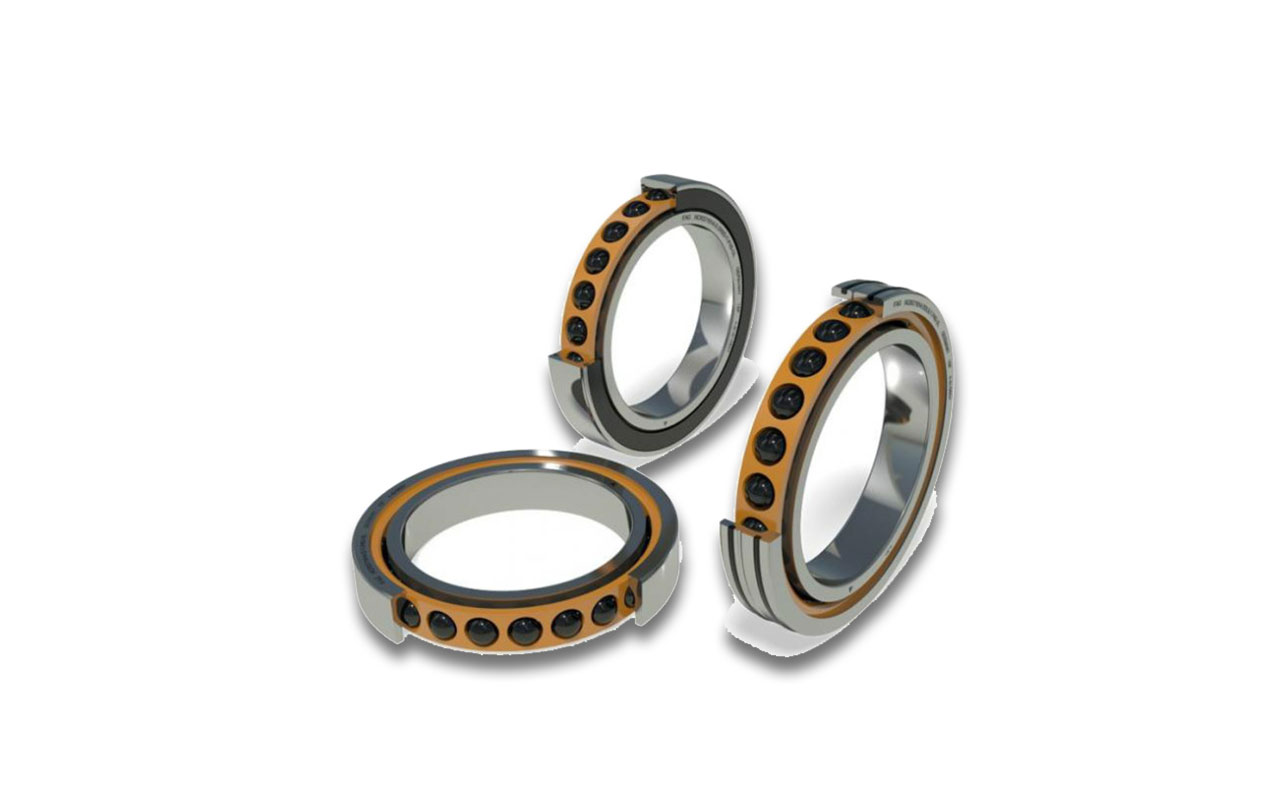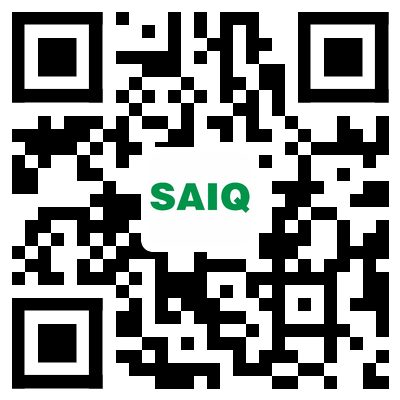Angular contact ball bearings mainly bear large unidirectional axial loads. The larger the contact angle, the greater the load capacity. The material of the cage is steel plate, brass or engineering plastic, and the molding method is stamping or turning. It is selected according to the bearing type or the use conditions. Others include combined angular contact ball bearings, double row angular contact ball bearings and four-point contact ball bearings.
Angular contact ball bearings can support both radial and axial loads. Can work at higher speeds. The larger the contact angle, the higher the axial load capacity. High-precision and high-speed bearings usually have a contact angle of 15 degrees. Under the action of axial force, the contact angle will increase. Single-row angular contact ball bearings can only bear axial loads in one direction, and they will cause additional axial forces when bearing radial loads. And can only limit the axial displacement of the shaft or housing in one direction. If it is installed in pairs, the outer rings of a pair of bearings are opposite, that is, the wide end face is opposite to the wide end face, and the narrow end face is opposite to the narrow end face. This prevents additional axial forces and limits the shaft or housing to axial clearance in both directions.
Angular contact ball bearings, because of the relative displacement of the inner and outer ring raceways on the horizontal axis, can support both radial and axial loads-combined loads (single-row angular contact ball bearings can only support unidirectional axial loads, Therefore, they are usually installed in pairs). The material of the cage includes brass, synthetic resin, etc., which are differentiated according to the bearing type and use conditions.





